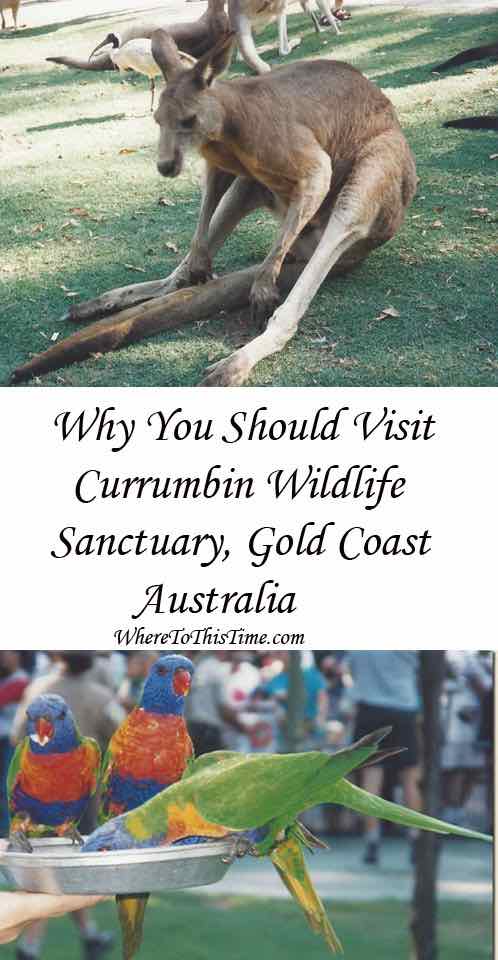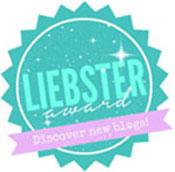Flashback Friday - Currumbin Wilidlife Sanctuary Australia
Why You Should Visit Currumbin Wildlife Sanctuary, Gold Coast, Australia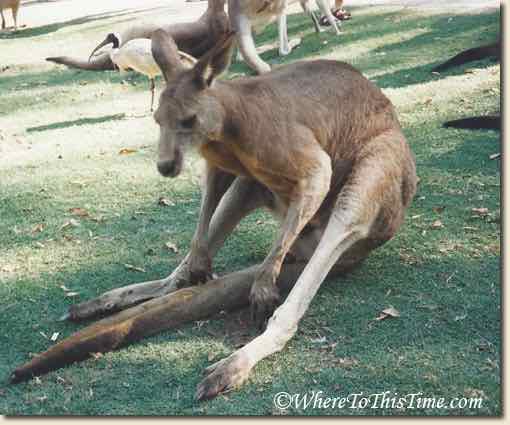
Currumbin Wildlife Sanctuary is one of the Gold Coast's top tourist destinations.
About an hour's ride on the bus from Surfers Paradise where we were staying or about 18 minutes if you drive.
In Currumbin, you can see a wide variety of native Australian animals and birds from wombats to kangaroos, koalas, parrots, and the famous Rainbow Lorikeets.
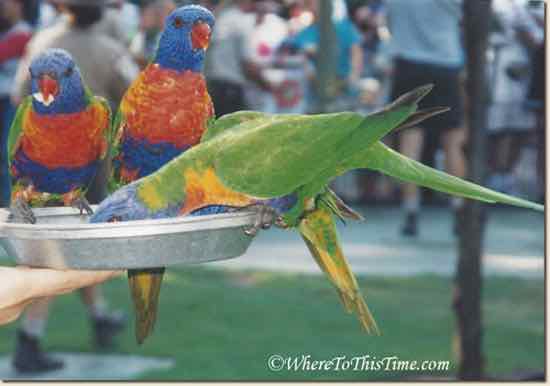
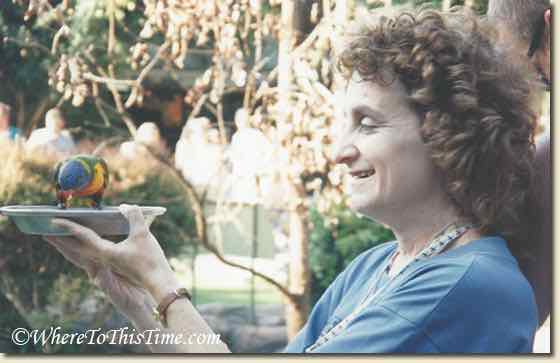
Feeding the Lorikeets is one of the highlights of the day. The feeding times are 8:00AM and 4:00PM. Guests hold out a dish of bread and water and they will come to eat and splash. The Rainbow Lorikeet is an Australasian parrot which is also found in Indonesia, Maluku, and Western New Guinea, Papua New Guinea, New Caledonia, the Solomon Islands, and Vanuatu. It is mainly found along the eastern coast. It lives in rain forest, coastal bush, and woodland areas.
Currumbin was actually established by Alex Griffiths in 1947. He was a beekeeper and flower grower. He started feeding the lorikeets to prevent them from eating his flowers. And now it is a tradition at the sanctuary.
The kangaroo paddock is open at 8:00AM. You can walk through and see a variety of the kangaroos and wallabies and feed them pellets.
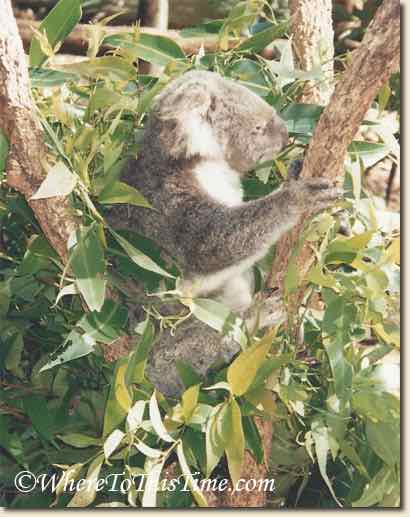
Koala viewing time is 11:00AM. There are around 54 koalas in the captive population and your are allowed to cuddle them. Who could resist? There is also access to an onsite hospital which treats over 250 koalas every year that people from the community bring in. The Hospital received a $100,000 grant in 2014 to continue to save local koalas.
Dingo encounter is at 2:30PM. Yes, that's right, the five dingoes at the sanctuary are hand-raised and enjoy their experiences with guests and daily walks. The Dingo has a long history with Australia and is featured in Aboriginal stories and ceremonies, depicted on rock carvings and cave paintings.
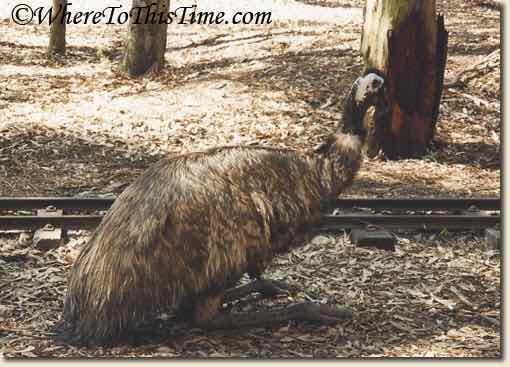
And Emus, the soft-feathered, brown, flightless birds of Australia, roam freely in the Currumbin Wildlife Sanctuary. They can grow up to 2 meters in height and can run up to 50 kilometers per hour. They eat a variety of plants and insects, and a variety of greens and fruit, especially grapes and watermelon.
The Tasmanian Devil - the Sanctuary is involved in a concerted effort to save this endangered marsupial. In 1996, scientists discovered they were suffering from a cancer called Devil Facial Tumour Disease which develops on their faces. The affected animals die within a few months. The Sanctuary has collected young Tasmanian Devils from unaffected areas and spread them among 5 zoos hoping to breed a clean population. There are now 500 Devils involved in this insurance population. There has been a successful release of Devils onto Maria Island off the Eastern Coast of Tasmania in 2012. Currumbin has bred 9 Devils for this initiative.
Currumbin is also involved in the conservation of the Bristlebird, Glossy Black-Cockatoo, Coxen's Fig-Parrot, Tinker Frogs, Orange-Bellied Parrot, and Brush-Tailed Rock-Wallaby.
Links of Interest:
Wildlife Currumbin Sanctuary Gold Coast Australia - http://www.cws.org.au/
Currumbin Wildlife Sanctuary - https://www.facebook.com/currumbin.wildlife.sanctuary/
Currumbin Wildlife Hospital Foundation - http://cwhf.org.au/
Currumbin Wildlife Sanctuary - https://twitter.com/cwslive
Currumbin Wildlife Sanctuary - https://www.youtube.com/watch?v=9snxWmwiPiA
Currumbin Wildlife Hospital - The Heartbeat of the Sanctuary - https://www.youtube.com/watch?v=5k9azGfendg
Image for Pinning
